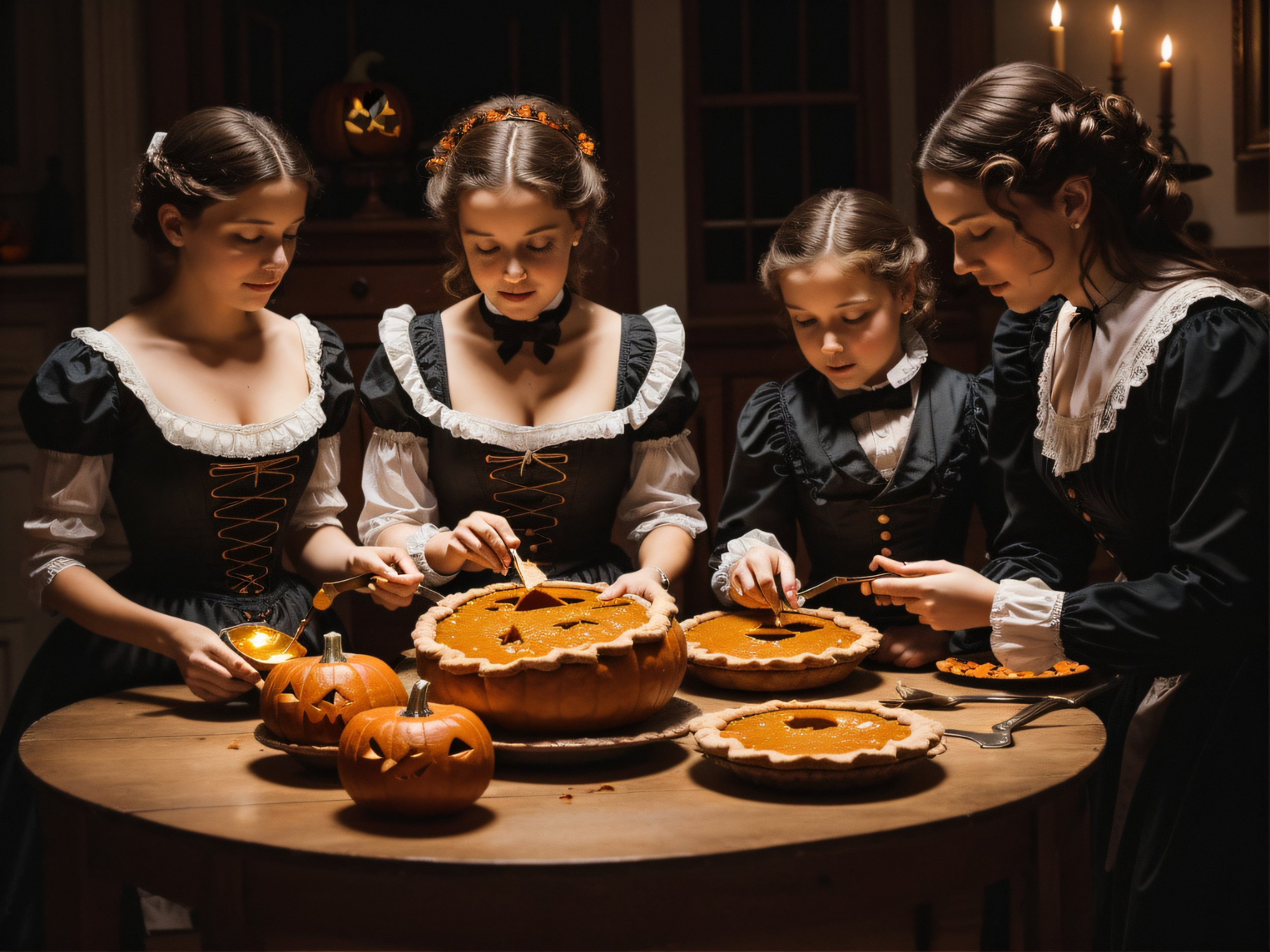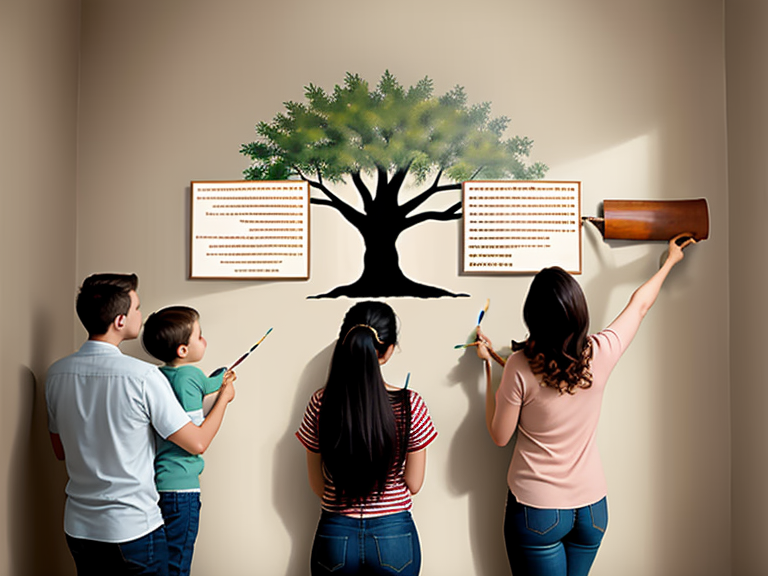Discovering the Ancestral Origins of Halloween: From the Middle Ages to the World.
/Discovering the Ancestral Origins of Halloween: From the Middle Ages to the World.
Discovering the Ancestral Origins of Halloween: From the Middle Ages to the World.
Halloween, with its spooky costumes, trick-or-treating, and jack-o'-lanterns, is a beloved holiday celebrated around the world today. But have you ever wondered how your ancestors celebrated Halloween in the past? Join us on a historical journey as we unravel the fascinating evolution of Halloween from its origins in the middle ages in Europe to its modern-day celebrations worldwide.
The Pagan Roots in Ireland and Scotland
The Halloween we know today has its roots firmly planted in Ireland and some regions of Scotland. Pagan festivals aimed at honoring the dead eventually transformed into the Halloween we recognize by the 1500s.
During these early celebrations, a practice known as "mumming" or "guising" emerged. People of all ages would don disguises and visit households to recite poetry, literature, Bible verses, or songs in exchange for food. It was a way to merge the ancient traditions of honoring the deceased with a bit of merriment.
In Scotland, an element of "trickery" was introduced. Those who were not welcomed at the houses they visited would play pranks or threaten "mischief" if turned away. Conversely, homes that generously donated food could expect good fortune, while those who didn't might face misfortune.
The costumes worn during this time were meant to mimic the spirits believed to roam the countryside. These disguises were thought to ward off unwanted spirits. Over time, costumes evolved from painted faces to elaborate monster outfits and anything else that struck the revelers' fancy.
Halloween Spreads Across the World
In the early 20th century, the tradition of donning costumes and celebrating Halloween spread to various parts of the world. This era also introduced the custom of playing pranks. Jack-o'-lanterns, initially carved from turnips and later pumpkins, were used to light the way for costumed revelers.
Halloween, originally called All Hallow's Eve, had been part of the Catholic Church's religious calendar since Medieval times. It was celebrated as a feast day. As immigrants from Europe moved to different parts of the world, they brought the Halloween tradition with them. However, the reception to this holiday varied in different regions.
The Emergence of Trick-or-Treating Worldwide
The first recorded reference to a practice resembling modern trick-or-treating appeared in various parts of the world in the early 20th century. At the time, it was still called "guising," like it had been in Ireland and Scotland. The term "trick-or-treating" made its way to different countries, and the concept started to take root.
In the 1920s, many Halloween postcards featured children in costumes as the holiday began to be associated more with youngsters. While some trick-or-treating took place during this period, it didn't become common practice worldwide until the 1930s. It is mentioned by name in various international publications for the first time in the late 1930s and early 1940s, solidifying the modern way of celebrating Halloween as a global tradition.
As we celebrate Halloween with our families today, let's remember that the traditions we cherish have evolved over centuries and are deeply rooted in our ancestral past.
At Silver Screen Family, we understand the importance of preserving family memories and history. Our films capture the essence of your loved ones, ensuring they are remembered by your family for generations to come. Celebrate your family's unique heritage and make your own unforgettable memories this Halloween! 🎃👻




